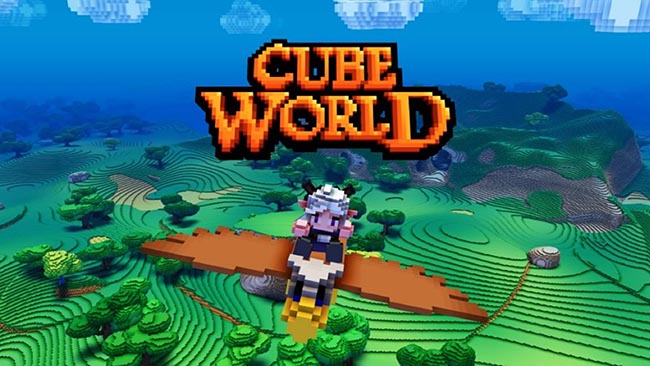
Soon a detective was on the line asking, “What can you tell me?” She got a message back immediately asking for her phone number. She clicked right over to the Collier County Sheriff’s Facebook page and sent in two photographs she had taken of Mostly Harmless. The sheriff’s office had also posted a photo of the hiker’s poles, and Fairbanks knew she had an image of the same man holding the same gear. It was the kind man she’d seen on Highway 90. There he was: eyes wide open and looking up. It was a quiet moment, and suddenly the picture popped into her feed. She normally monitors the CCTV cameras for shoplifters, but if there’s no one in the store she might sneak a look at Facebook. Kelly Fairbanks works at the Army and Air Force exchange store on a Florida military base. He left no note, and there was no evidence that he had spent his last days calling out for help. Mostly Harmless was just 5 miles from a major highway. He died on a school bus, starving, desperate for help, 22 miles of wilderness separating him from a road. McCandless, though, had been stranded in the Alaska bush, trapped by a raging river as he ran out of food. But why hadn’t he tried to find help? Almost immediately, people compared Mostly Harmless to Chris McCandless, whose story was the subject of Into the Wild. His cause of death, according to the autopsy report, was “undetermined.” He had, in some sense, just wasted away. The only substances he tested positive for were ibuprofen and an antihistamine. Investigators put his age in the vague range between 35 and 50, and they couldn’t point to any abnormalities. He had food nearby, but he was hollowed out, weighing just 83 pounds on a 5'8" frame. There were no indications of foul play, and he had more than $3,500 cash in the tent. Nor could investigators understand how or why he died. A picture of his face didn’t turn up anything in a facial recognition database. His DNA didn’t match any in the Department of Justice’s missing person database or in CODIS, the national DNA database run by the FBI. He hadn’t served in the military, and his fingerprints didn’t match those of anyone else on file. Mostly Harmless’ fingerprints didn’t show up in any law enforcement database. But the investigators in Collier County couldn’t find a thing. There’s been a missing persons report in the area. It’s usually easy to put a name to a corpse. She asked if he was using the Florida Trail App, and he responded that he didn’t have a phone. He said that he had started in New York and was heading down to Key West. She pulled over, and they started to chat. She was out looking for a different hiker when she saw Mostly Harmless. Fairbanks is what is known as a “trail angel,” someone who helps out through-hikers who pass near her, giving them food and access to a shower if they want. “He was out there with a smile on his face, walking south,” Mason recalls.īy the last week of January, he was in northern Florida, walking on the side of Highway 90, when a woman named Kelly Fairbanks pulled over to say hello. Two weeks later, Mason heard from a friend in Alabama who had seen Mostly Harmless hiking through a snowstorm. He then left the shop and went on his way. Mostly Harmless hesitated but then agreed. He asked Mostly Harmless if he could take a picture.

Mason loves hikers who are a little bit different, a little bit strange. Mason printed the 60 pages of the map and sold it to Mostly Harmless for $5 cash, which the hiker pulled from a wad of bills that Mason remembers being an inch thick. Another character puts in 15 years of research and then adds the adverb. Early in the series, a character discovers that Earth is defined by a single word in the guide: harmless. Maybe, too, it was a reference to Douglas Adams’ The Hitchhiker's Guide to the Galaxy.

Later, it became “Mostly Harmless,” which is how he described himself one night at a campfire. He was “Denim” at first, because he had started his trek in jeans. Hikers sometimes acquire trail names, pseudonyms they use while deep in the woods. He told people he met along the way that he had worked in the tech industry and he wanted to detox from digital life. The Appalachian Trail runs through the area, and he started walking south, moving slowly but steadily down through Pennsylvania and Maryland. And he brought a notebook, in which he would scribble notes about Screeps, an online programming game. He did bring a giant backpack, which his fellow hikers considered far too heavy for his journey. Or at least he didn’t tell anyone he met what it was. He didn’t bring a phone he didn’t bring a credit card. He wanted to get away, maybe from something and maybe from everything.

In April 2017, a man started hiking in a state park just north of New York City.


 0 kommentar(er)
0 kommentar(er)
